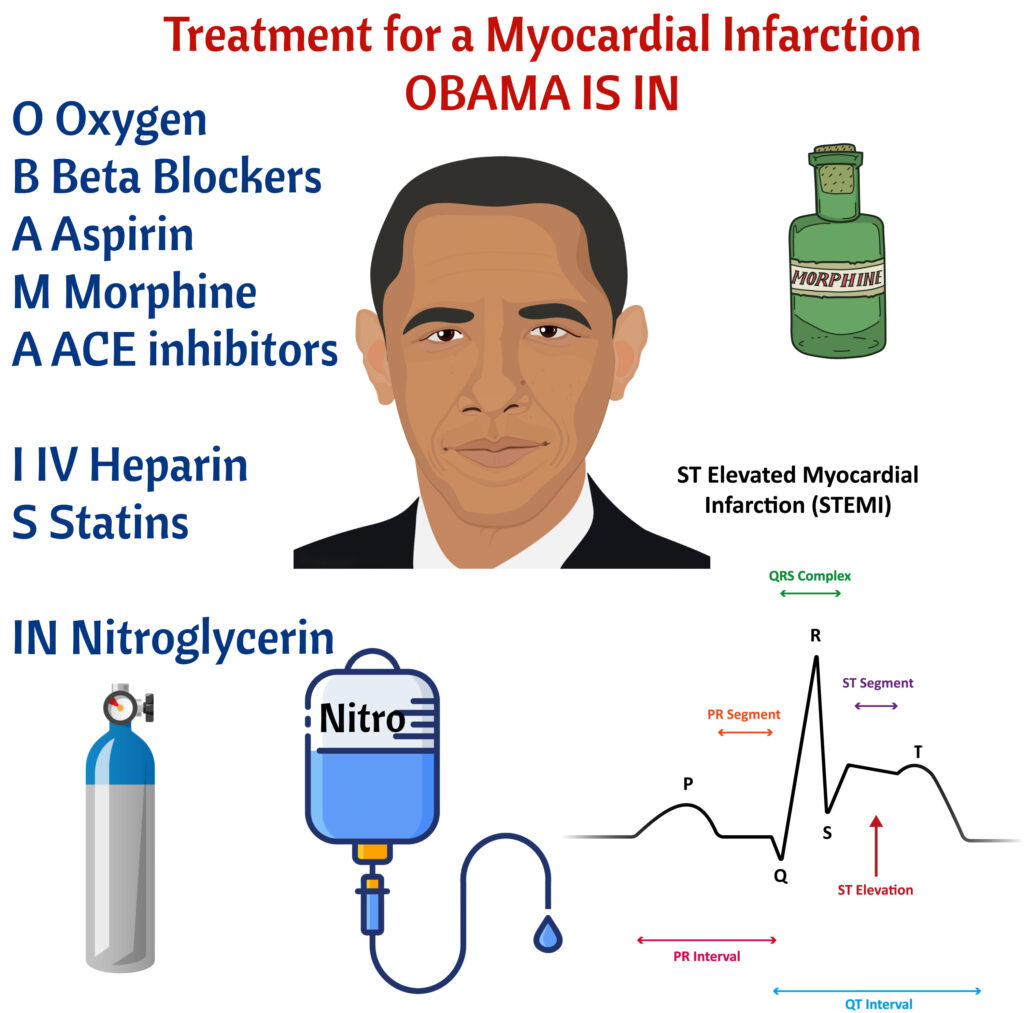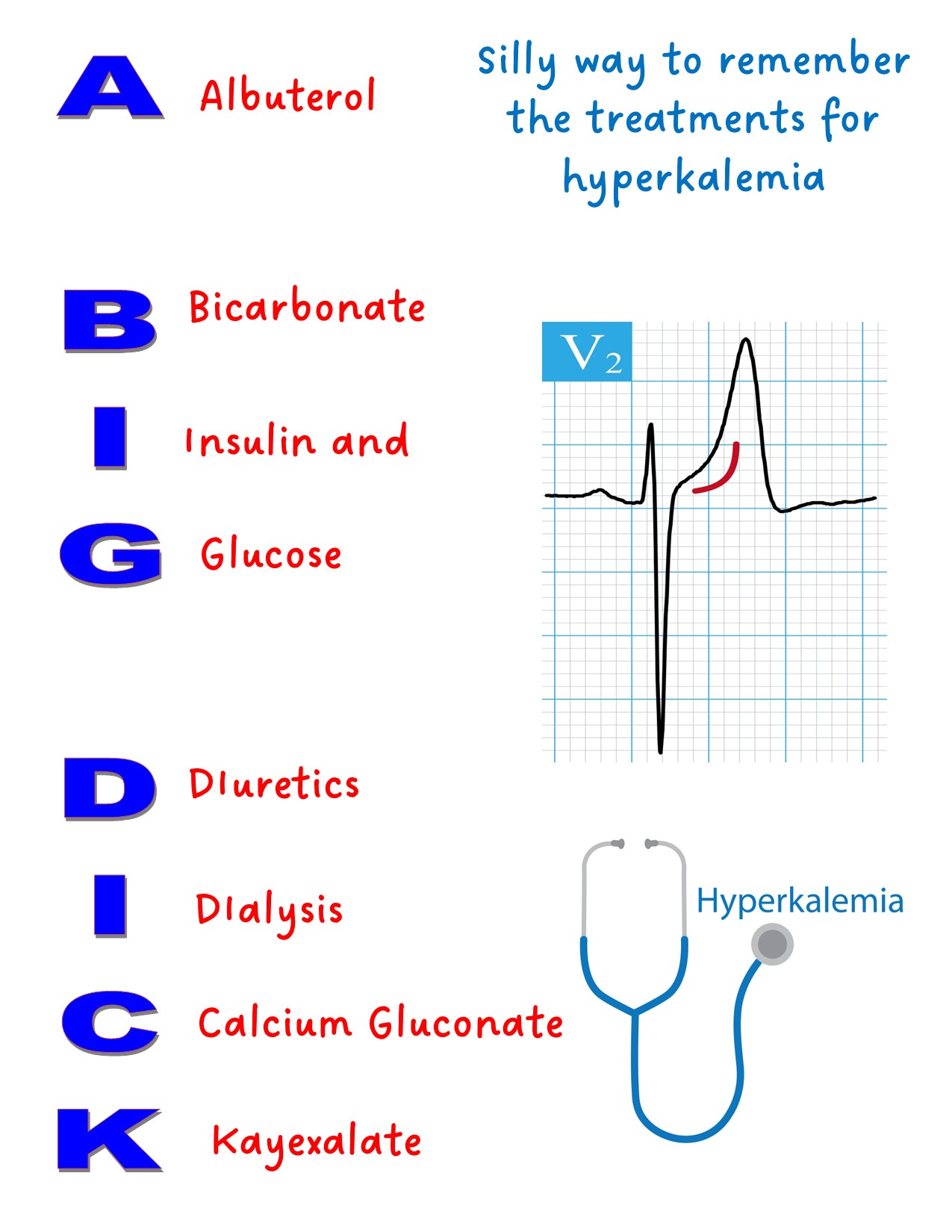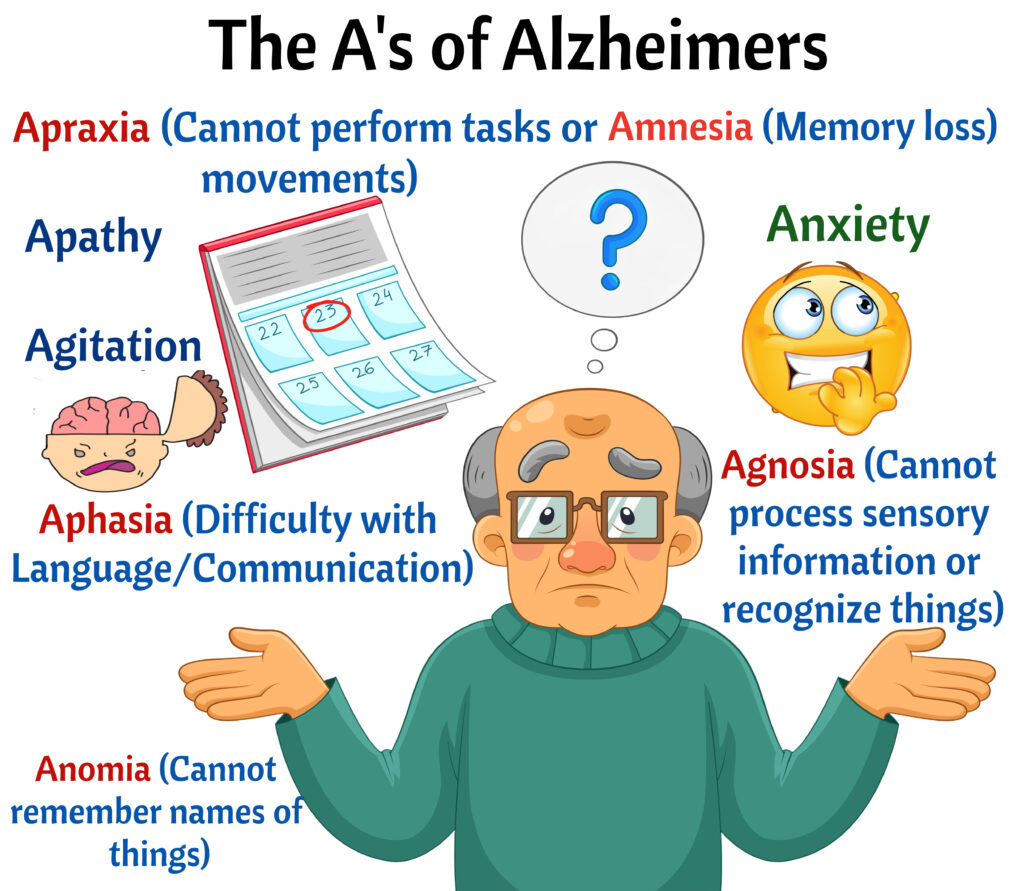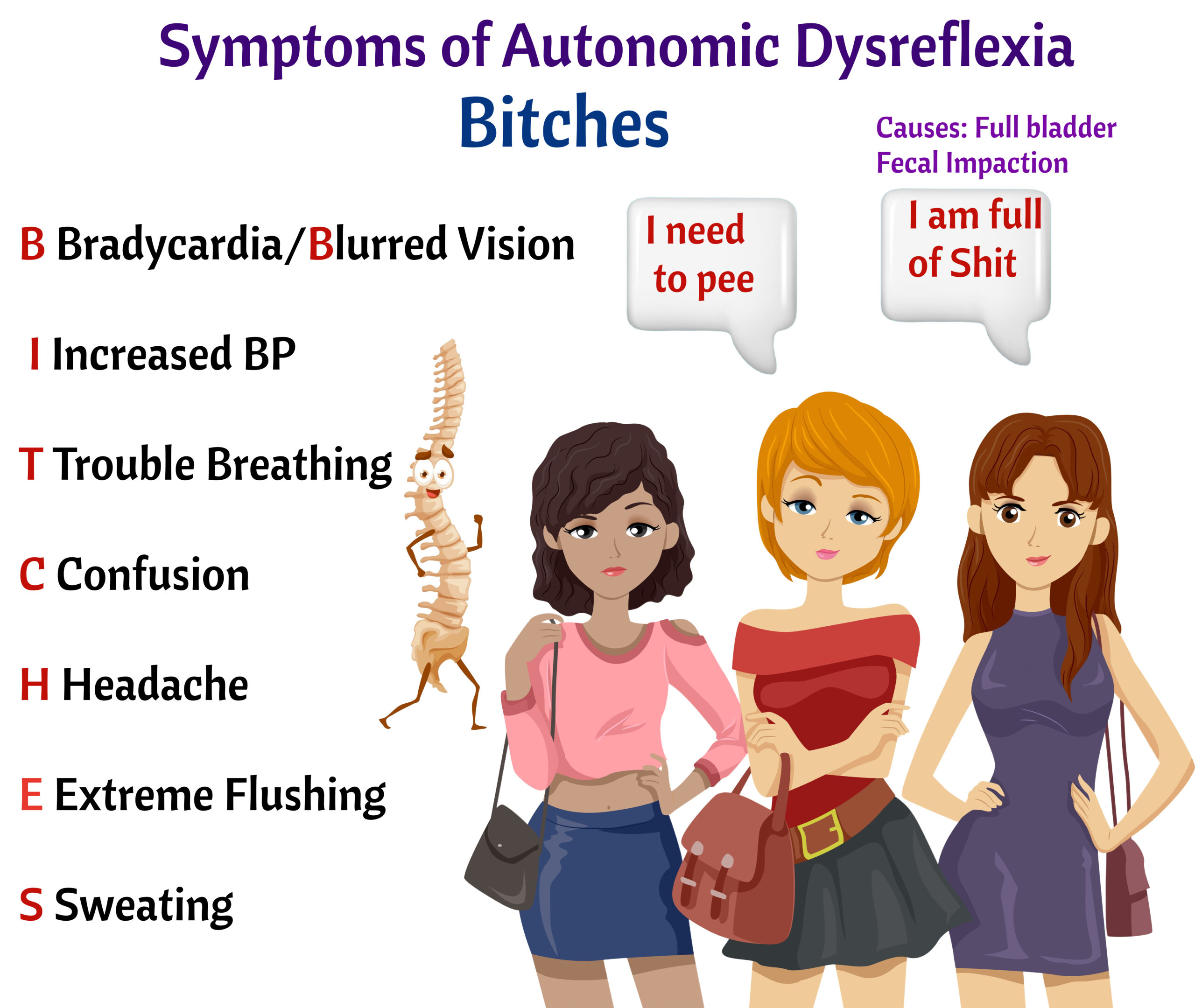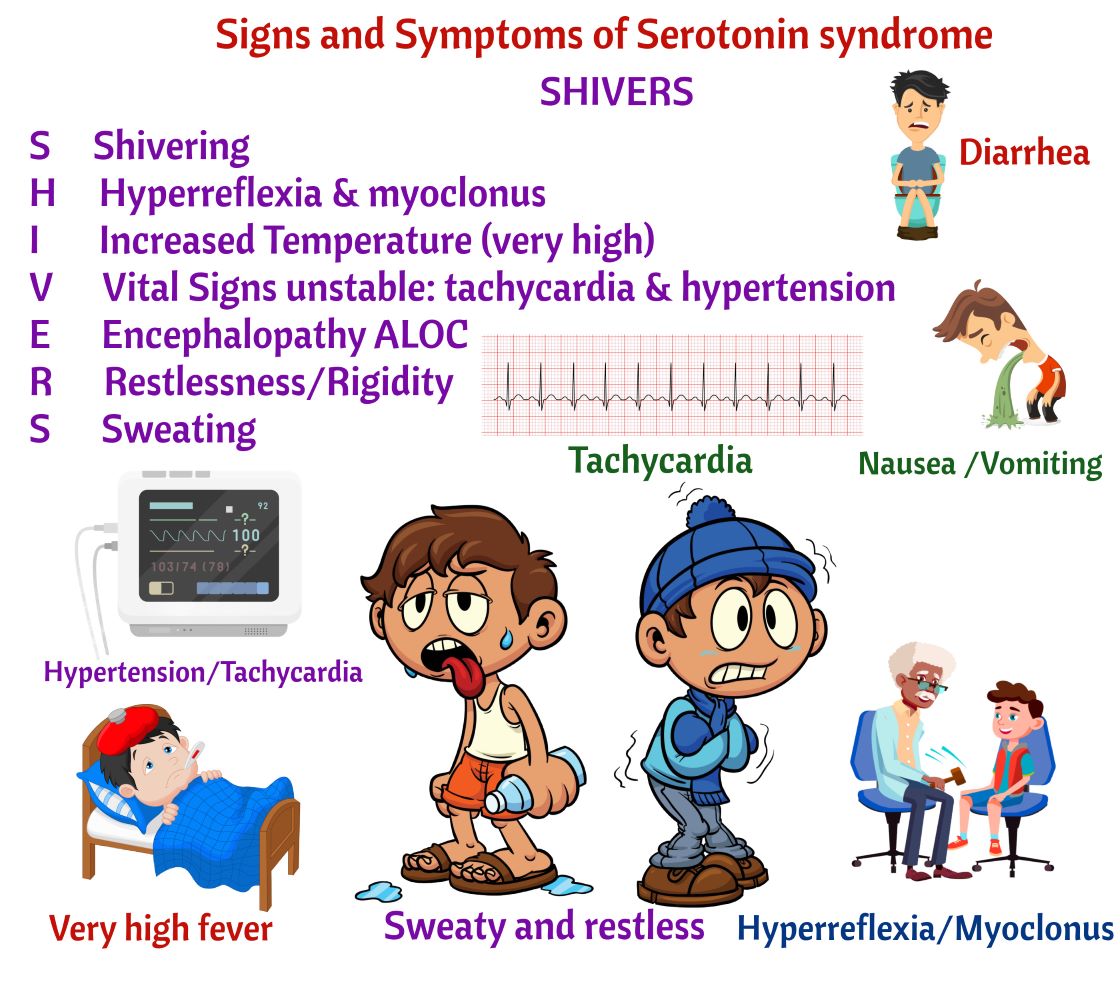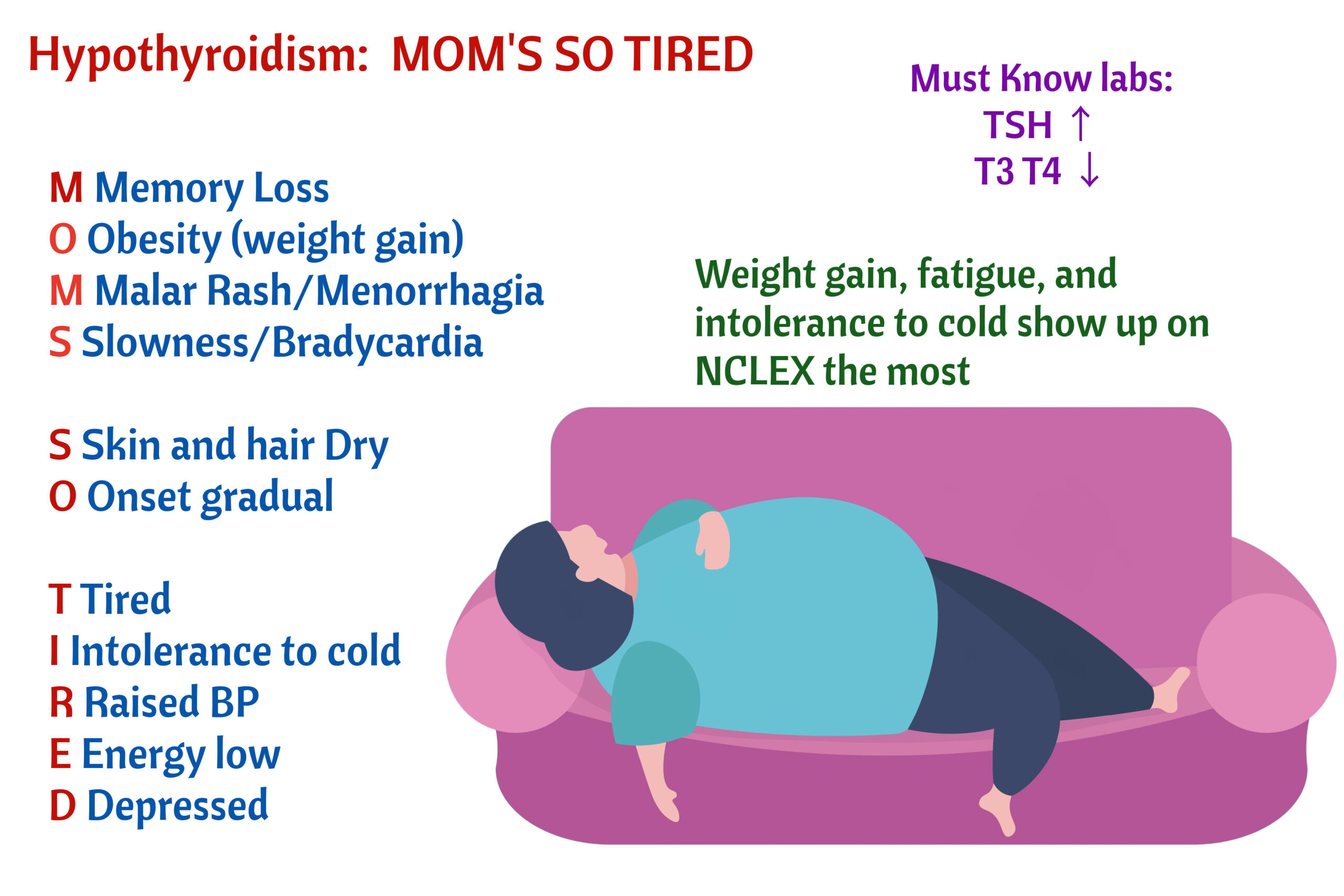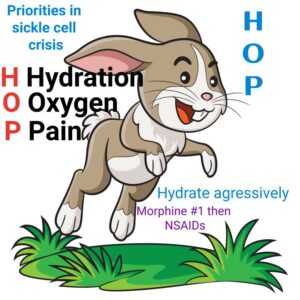The why and the what
Why the change?
The majority of employers are not satisfied with the performance of new graduate nurses. Most employers feel that new graduate nurses lack the necessary critical thinking to make the complex decisions that nursing requires. The new generation questions aim to test new graduate nurses’ ability to use critical thinking in clinical reasoning and decision making. So let’s go through the thinking process that is required in the new generation NCLEX questions.
What is required of your cognitive skills?
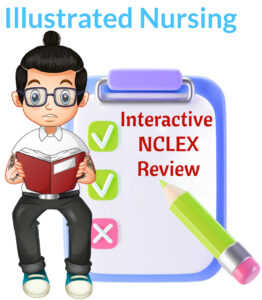
- It is about the creation of a NEW nursing process that is a little more comprehensive.
- Here are the new clinical judgment cognitive skills you are expected to have:
- Recognize Cues: What matters most to save the patient NOW? What are the priorities?
- Analyze Cues: What do the current probems/vital signs/abnormal findings mean?
- Prioritize Hypothesis: Where do I start to solve the problems/abnormal findings? What do I have to follow up immediately and what can wait?
- Generate Solutions: What can I do to make it better or to prevent complications?
- Take Action: What action/actions will I take now?
- Evaluate Outcomes: Did my nursing interventions help or has the client’s condition declined? How do I know?
- Don’t worry. We will go through each one of these cognitive skills. We will provide examples.
Recognize Cues
- What is a cue? A signal that something is wrong or right.
- Cues are signs and symptoms or findings that point to a disease process or a complicationCues can be lab values that support certain conditions.
- Cues can be changes in condition such as improved/worsening vital signs, physical assessment findings, and/or behaviors.
- How do you recognize these cues? Look at the physical assessment, the medical record, the vital signs, the test results, the different trends and changes in condition.
- Learn to ignore distractors, which are findings that are not currently relevant. For example, a client in renal failure is expected to have an elevated BUN and creatinine. Ignore that. It is not a priority. However, if the client is expected to have healthy kidneys and the BUN and creatinine are elevated, then it is a priority.
- Don’t let distractors distract you. Dumb to say, I know. But I want you to remember to pay attention to the whole picture and to what currently matters. What will improve the client’s condition right here and right now? But how do you know what matters most? Study content. Each of the questions in my modules provide you with content. I provide you with illustrated rationales that are easy to remember.
- I do not waste time with unnecessary content, but focus on the most commonly tested material on the NCLEX.
Click on the tabs to reveal information
84-year-old Asian female found on the kitchen floor, confused and with a broken right hip. History of DM type 2, dementia, and chronic kidney disease stage 3.
Client is lethargic and confused. Grimaces with RN attempt to assess right hip. Client appears malnourished, scabs in mouth due to drynes, and has poor hygiene with a smell of urine. Daughter states that client has had frequency and burning with urination.
- Weight 45 kg
- Blood sugar 390 mg/dL
- Blood Pressure 94/45
- Respiratory rate 16 regular and unlabored
- Heart Rate 110 bpm
- Temperature 100.4°F
- Head CT Scan shows degenerative changes

Time's up
Recognize Cues
What matters most, right here, right NOW?| Findings | Normal/Abnormal but irrelevant | Abnormal/Needs Follow Up |
|---|---|---|
| Tachycardia | X (Elevated) | |
| Hypotension | X (Blood Pressure is low) | |
| CT Scan results | X (Expected for an elderly person to have degenerative changes) | |
| Urinary Symptoms | X (Points to possible UTI/Urosepsis). | |
| Neurological Assessment | X (Client is confused and lethargic) | |
| Respiratory Rate | X (Rate is normal. It is unlabored). |
Analyze Cues
- What do the cues mean in this scenario?
- What problem are the cues pointing to?
Analyze Cues
| Condition | Findings that Support Condition | Findings that exclude condition |
|---|---|---|
| Dehydration | Tachycardia, hypotension, dry mouth, poorly taken care of to the point of dehydration | |
| Osteoporosis | Elderly small Asian women are at very high risk for Osteoporosis. Plus hip fracture | |
| Urinary Tract Infection (possibly urosepsis) | Frequency, smell of urine, tachycardia and hypotension. | |
| Diabetic Ketoacidosis | She is diabetic type 2. DKA is for type 1 and Hyperosmolar Hyperglycemic state is for type 2 diabetes. Know this! | |
| Elder Abuse | Poor hygiene and malnourished. No one is doing her ADLs, that's potential abuse | |
| Cerebral Vascular Accident | CT scan is normal for her age. Degenerative changes are expected. |
Here is another Analyze Cues Question
Quiz Summary
0 of 1 Questions completed
Questions:
Information
You have already completed the quiz before. Hence you can not start it again.
Quiz is loading…
You must sign in or sign up to start the quiz.
You must first complete the following:
Results
Results
0 of 1 Questions answered correctly
Your time:
Time has elapsed
You have reached 0 of 0 point(s), (0)
Earned Point(s): 0 of 0, (0)
0 Essay(s) Pending (Possible Point(s): 0)
Categories
- Not categorized 0%
- 1
- Current
- Review
- Answered
- Correct
- Incorrect
-
Question 1 of 1
1. Question
Type an “X” to specify whether it is a finding in urosepsis, dehydration, or both.
-
Finding Urosepsis Dehydration Fever Tachycardia Hypotension Confusion Lethargy Dry Mouth
CorrectIncorrect -
Here, analyzing cues is about knowing the signs and symptoms of two conditions by comparing them. But to do this, you need to acquire knowledge. Remember to study content! Don’t just focus on answering questions. This is how my modules differ. I use a concept called scaffolding. I learned it while doing my master’s in rhetoric and composition. I wish I would have understood this concept when I was doing my master’s in nursing at UCLA. Scaffolding, as used in my modules, is about taking several stages in learning/answering NCLEX questions. I start with a quick lesson about the condition or disease, then I use simple questions to make sure you know the facts. Yes, there are facts in nursing. Without those facts you cannot recognize/analyze/prioritize and so on. Without the facts, there is no advanced critical thinking. I called this short, quick questions “FAST KNOWLEDGE.” Let me give you an example. Then I move on with more complex questions
Sets of questions like this one help you acquire/test your knowledge. Of course, before presenting these questions, I provide an illustration to help differentiate between Diabetes Insipidus and SIADH. Also, these simple true and false questions are derived from more complex questions in sources such as UWorld, Kaplan, and Saunders. Questions were short, right? Well you just answered what seemed to be long complex questions found in the popular NCLEX review sources.
Prioritize Hypothesis
- In Prioritize Hypothesis, you must evaluate each of the client’s needs and decide what health problems are priority. What problem(s) you must address first in order to save the client’s life and/or improve his or her clinical condition.
- Here is an example with a Multiple Choice Single Response Item. (Don’t worry, we will discuss the different question types after this section).
- Let’s see, first we recognize the cues. Flat line on the EKG.
- Second, Analyze the cues: flat line can mean 1) asystole or 2) a lead came off.
- Now, let’s prioritize. What should we do first to meet the client’s needs?
- Let’s make sure patient is responsive. If patient is responsive then a lead came off. Simple. Never start CPR or give epinephrine before making sure client actually needs it!
- But at the end of the day, it is about knowledge. If you know your CPR, you know that the first action is “are you okay?”
Generate Solutions
Generating solutions is about establishing nursing interventions to achieve the desired outcomes and about identifying actions that should be avoided since they are contraindicated/not helpful.
The nurse is caring for Mrs. Johnson, a 59-year-old female client admitted with congestive heart failure who has a history of DM II and a CVA 3 years ago. For each nursing intervention, type an “X” to specify whether it is an accepted intervention or a contraindicated intervention for this client.
Quiz Summary
0 of 1 Questions completed
Questions:
Information
You have already completed the quiz before. Hence you can not start it again.
Quiz is loading…
You must sign in or sign up to start the quiz.
You must first complete the following:
Results
Results
0 of 1 Questions answered correctly
Your time:
Time has elapsed
You have reached 0 of 0 point(s), (0)
Earned Point(s): 0 of 0, (0)
0 Essay(s) Pending (Possible Point(s): 0)
Categories
- Not categorized 0%
- 1
- Current
- Review
- Answered
- Correct
- Incorrect
-
Question 1 of 1
1. Question
Type an “X” to specify whether the intervention is accepted or contraindicated.
-
Intervention Accepted Contraindicated Monitor I&O Increase Sodium Diet Monitor BNP Administer Diuretics Position HOB 15 degrees Encourage Fluid Intake
CorrectIncorrect -
Please know CHF like the back of your hand before you take the NCLEX. It is one of the most tested diseases on the NCLEX. HOB should be elevated > 30 º (or as high as possible) since it allows for better lung expansion. Limit fluids/Sodium and Monitor BNP (Brain Natriuretic Peptide), a hormone that increases with heart failure.
Take Action
Above we have several interventions for a client with heart failure. Some are accepted interventions, some are contraindicated. This is the time when you take action and implement the accepted interventions.
Let me give you a rationale using a drag and drop question, just for fun and to make sure you learn the treatment for major abnormal rhytms. Click on the green choice and then click on the yellow area where you want it to go.
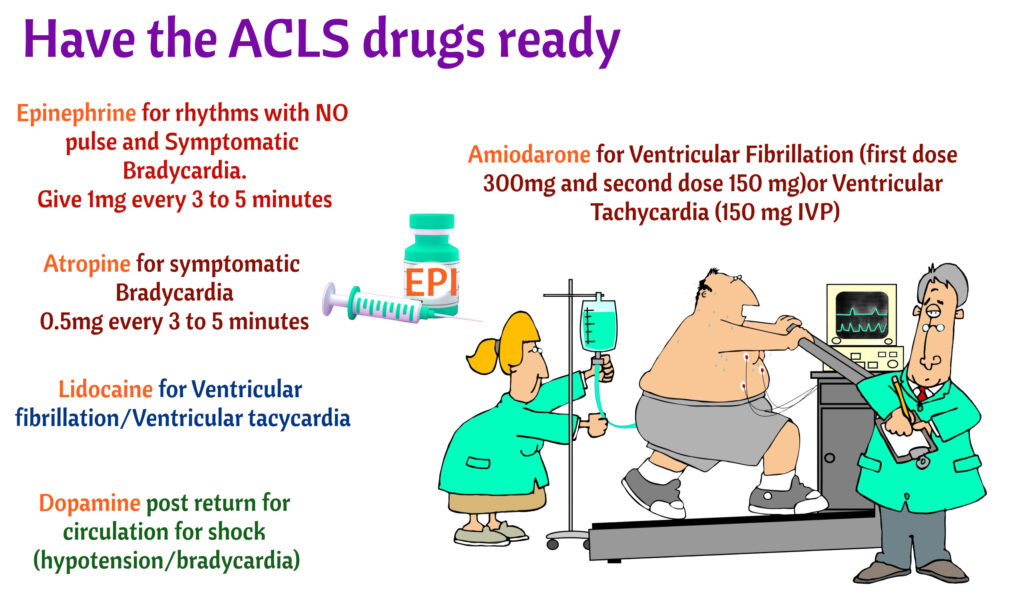
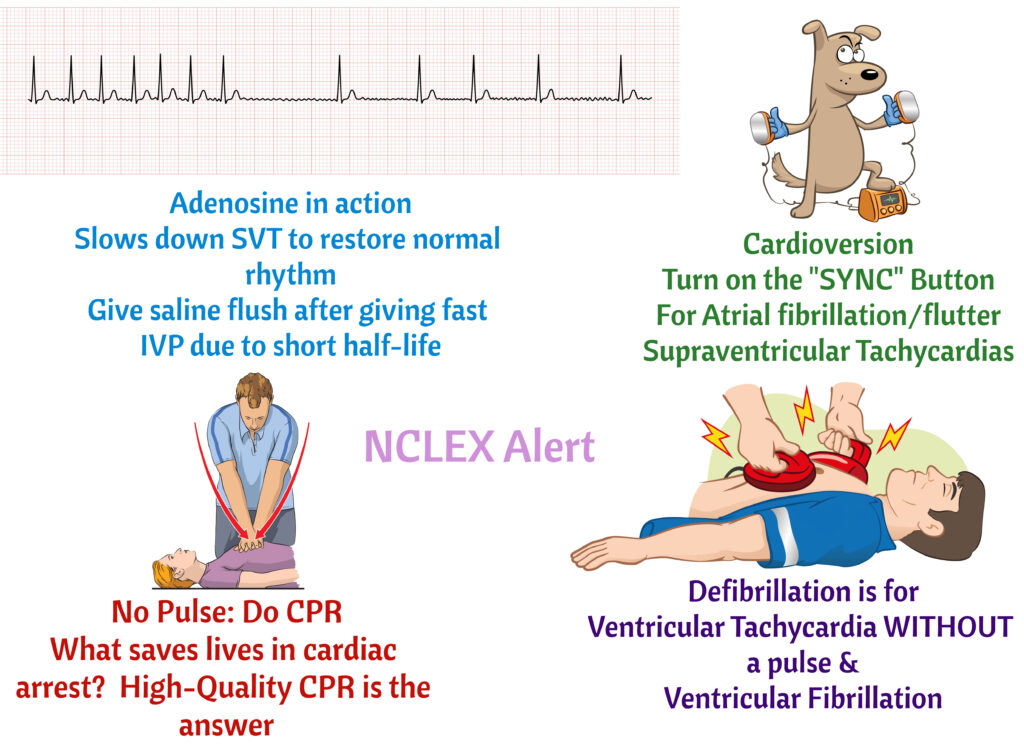
Evaluate Outcomes
Evaluating outcomes is about knowing what assessment findings determine that the client’s condition has improved or declined. Let’s look at this next question in which you are expected to determine whether this client with congestive heart failure is ready to be discharged. SELECT ALL THAT APPLY
Knowledge is power!
- Here, you need to know that gaining weight, especially 2 lbs over 24 hours is bad for a client with heart failure.
- You also need to know that sleeping with more than 1 pillow at night means worsening heart failure. Orthopnea!
- You need to know that in heart failure sodium needs to be limited and that BNP should be < 100. Ok, I guess the next gen NCLEX RN doesn’t expect you to know lab values. Also, you may question whether the BNP must be < 100 before discharge. After all, the client has heart failure and the BNP may be a little higher. Good thinking!
- Take the time to know by studying Content.
Critical thinking starts with knowledge
Learn these mnemonics and answer the questions at the end. This is how my course differs.
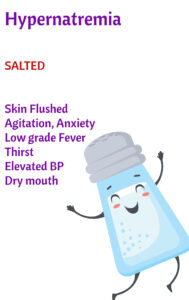
The world of mnemonics is not perfect. If the client has hypernatremia due to dehydration, the client will not be edematous.
If the client has hypernatremia due to diabetes insipidus, the client may have large amounts of urine output.
Water follows sodium. In clients with heart failure and renal failure, you want to limit sodium to prevent fluid retention.
Miosis (pin point pupils)
Orthostatic Hypotension
Respiratory Depression
Physical Dependence
Hypotension/histamine release
Increased ICP!
Naloxone antidote. Remember antidote!
Euphoria and sedation

Breasts
Uterus
Bowels
Bladder
Lochia
Episiotomy/laceration/C-section
DVT
Somebody commented
“What about Homan’s sign”
so I changed it to BUBBLED. D for DVT

Tachycardia
Irritability
Restlessness
Excessive Hunger
Diaphoresis
Muscle weakness
Urine little or none
Respiratory depression
Decreased cardiac contractility or bradycardia
EKG changes (peaked T wave
Reflexes hyperreflexia or areflexia

Constipation Can’t shit
Urinary Retention Can’t pee
Dry Mouth Can’t spit
Dilated Pupils Can’t See
Let's use these mnemonics
Quiz Summary
0 of 10 Questions completed
Questions:
Information
You have already completed the quiz before. Hence you can not start it again.
Quiz is loading…
You must sign in or sign up to start the quiz.
You must first complete the following:
Results
Results
0 of 10 Questions answered correctly
Your time:
Time has elapsed
You have reached 0 of 0 point(s), (0)
Earned Point(s): 0 of 0, (0)
0 Essay(s) Pending (Possible Point(s): 0)
Categories
- Not categorized 0%
- 1
- 2
- 3
- 4
- 5
- 6
- 7
- 8
- 9
- 10
- Current
- Review / Skip
- Answered
- Correct
- Incorrect
-
Question 1 of 10
1. Question
The emergency room nurse admits a client who complaints of chest pain 8 out of 10 that radiates to the left shoulder and jaw. Which of the following physician’s order should the nurse implement FIRST?
CorrectIncorrect -
Question 2 of 10
2. Question
The nurse is caring for a client who had a motorcycle accident and experienced a C5 Spinal Cord Injury. Which of the following symptoms of autonomic dysreflexia should the nurse monitor for? Select all that apply.
CorrectIncorrect -
Question 3 of 10
3. Question
The nurse provides education to a client with depression who has been prescribed fluoxetine. Which of the following statements by the client demonstrates understanding of the education provided by the nurse?
CorrectIncorrect -
Question 4 of 10
4. Question
The client admitted to the emergency department has a serum potassium level of 6.0 mEq/L. Which of the following findings supports this potassium level?
CorrectIncorrect -
Question 5 of 10
5. Question
The nurse is caring for a client with chronic renal failure who has a potassium of 6.3 mEq/L. Which of the following physician’s order should the nurse anticipate? Select all that apply.
CorrectIncorrect -
Question 6 of 10
6. Question
The nurse is caring for a client with diabetes insipidus who has developed hypernatremia. Which of the following signs and symptoms does the nurse anticipate? Select all that apply.
CorrectIncorrect -
Question 7 of 10
7. Question
The nurse is caring for a client with morphine overdose. What is the priority intervention for this client?
CorrectIncorrect -
Question 8 of 10
8. Question
The nurse is caring for a diabetic client who is diaphoretic, irritable, and shaky. Which of the following is the priority action by the nurse?
CorrectIncorrect -
Question 9 of 10
9. Question
Which of the following is the priority intervention for a client in a sickle cell crisis?
CorrectIncorrect -
Question 10 of 10
10. Question
The nurse is assessing a female client for the suspected diagnosis of hypothyroidism. For which of the following signs and symptoms supports this diagnosis?
CorrectIncorrect

